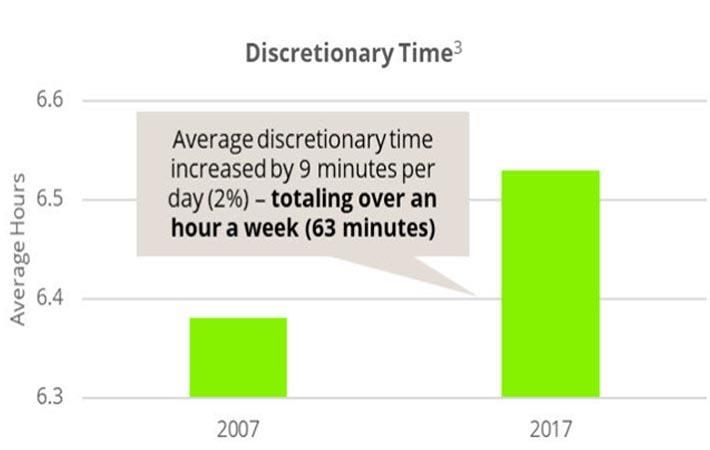Millennials are spending the same percentage of their income on categories as similar age cohorts did in the past, according to the Deloitte Changing Consumer Report released recently by the company’s Centre for Consumer Insights, which surveyed more than 4,000 US consumers over the past year to gain insights into their behaviours and underlying attributes.
The popular belief now, however, is that millennials are breaking the conventional spending habits.Millennials are spending the same percentage of their income on categories as similar age cohorts did in the past, according to the Deloitte Changing Consumer Report released recently by the company's Centre for Consumer Insights, which surveyed more than 4,000 US consumers over the past year to gain insights into their behaviours and underlying attributes.#
Millennials are financially worse off than their predecessors, with a 34 per cent decrease in their net worth since 1996. And the rise in the education level of millennials hasn't come cheap; since 2004, the cost of student debt has soared by 160 per cent, the study found.
A growing share of the millennial's wallet is going toward health care, housing and education. Thus, it is not so much a change in the consumer, but rather a change in the economic pressures that the young consumer is under, says the report.
Despite what is often characterized as changing preference and behaviours driven by a fundamentally different, technology-driven consumer, this study found that today's consumer in many ways isn't all that different. Instead, it is the economic, demographic and cultural factors around them that are creating the nuances that are turning traditional retail and consumer products sectors on their heads.
A clear driver of changing consumer behaviour is the greater financial pressures compared to what a consumer 30 years ago experienced. This is particularly evident in low-income, middle-income and millennial consumers.
Since 1996, the net worth of consumers under the age of 35 has fallen by 34 per cent, says the report.
Food, alcohol, furniture, food away from home and housing all constitute roughly the same percentage of the consumer's wallet today as they did three decades ago. Even entertainment, a category where one might expect to see an increase in experience-driven spending, was basically flat. The real differences show up in several non-discretionary expenses, such as health care.
In 2018, consumers traveled to more stores, more often, compared to the previous year, and consumer-oriented traffic (retail, convenience, and hospitality/travel) increased by 6 per cent. Even brick-and-mortar retail saw a 2 per cent increase in traffic. (DS)
Fibre2Fashion News Desk – India
